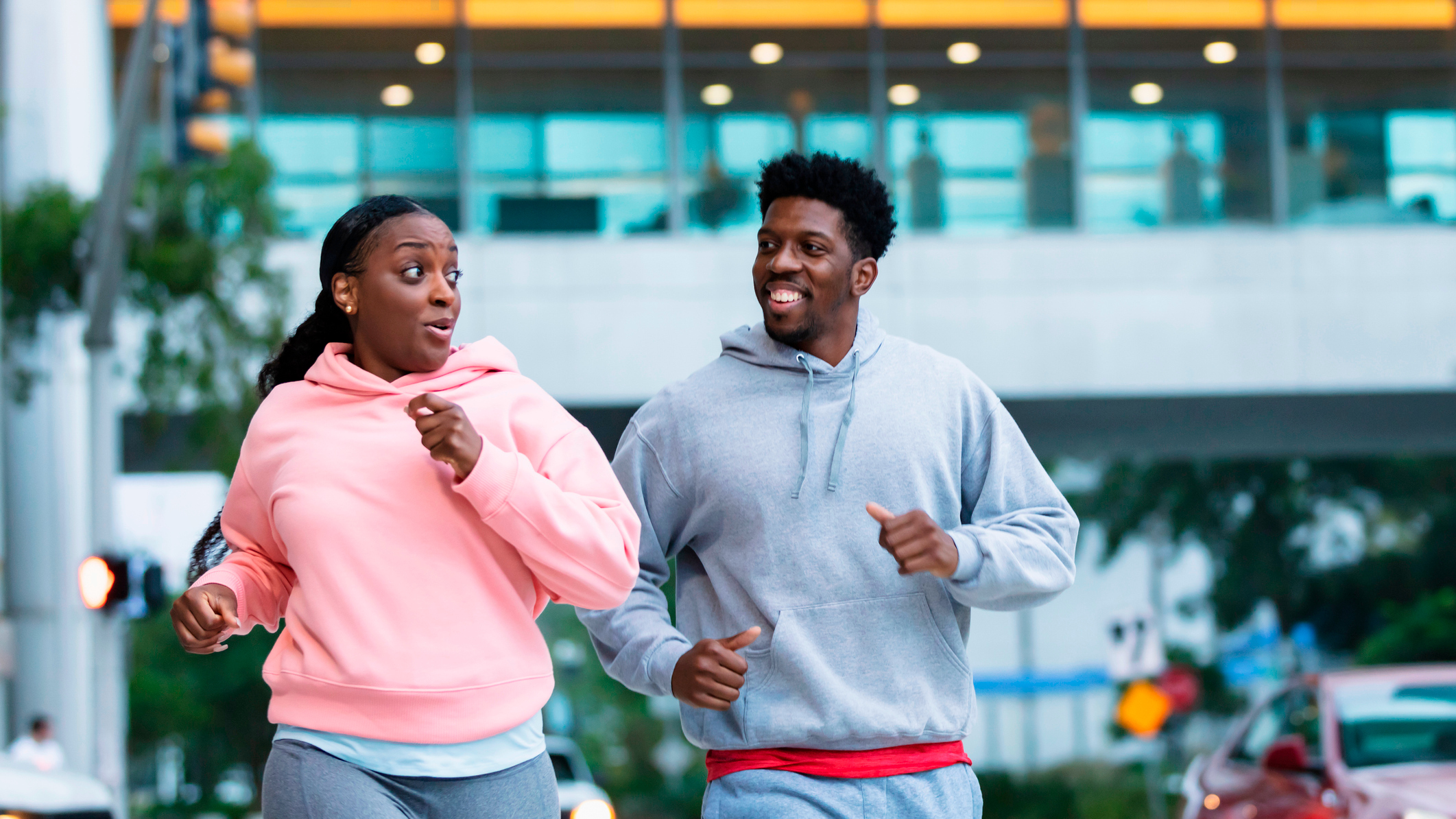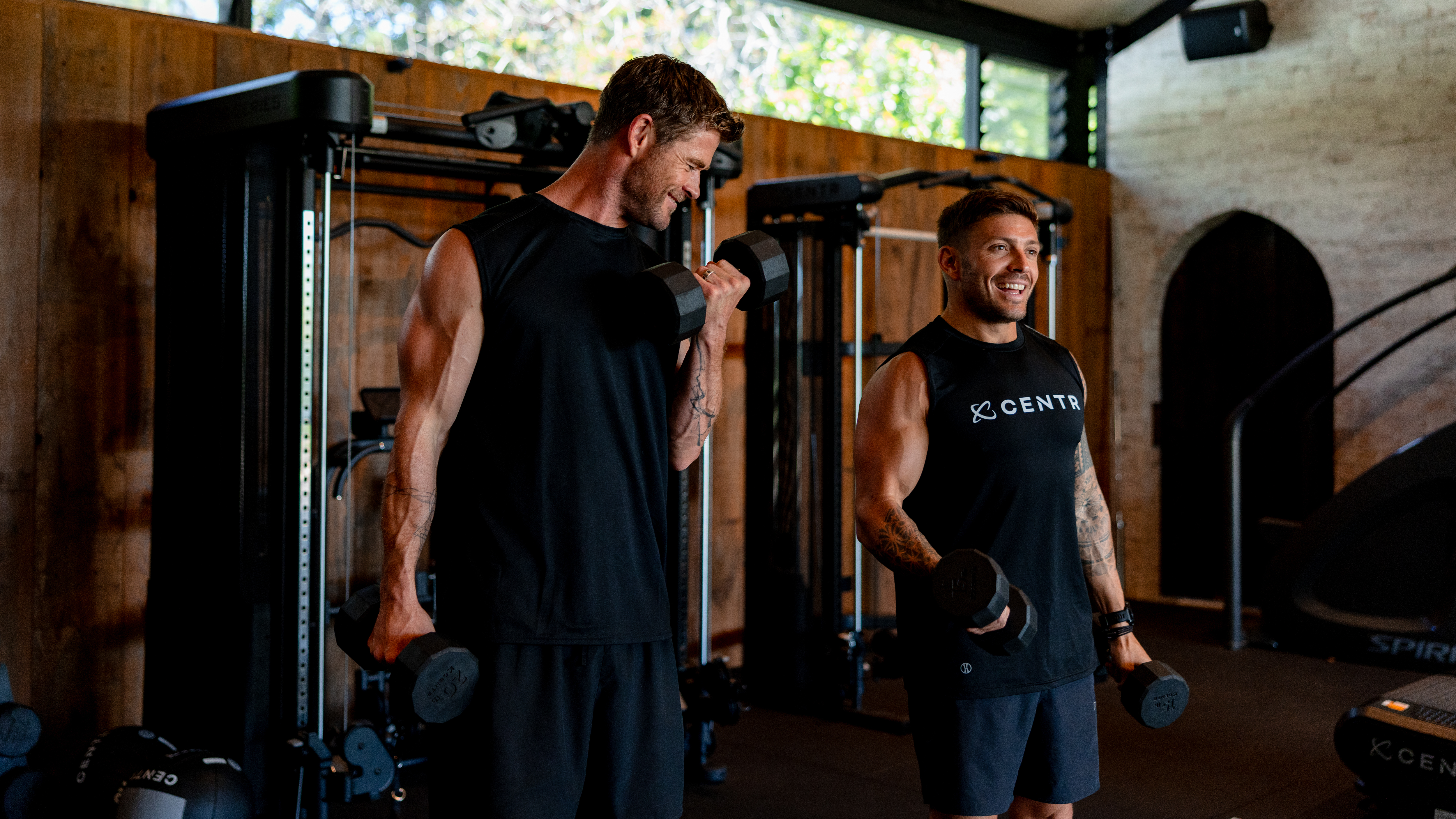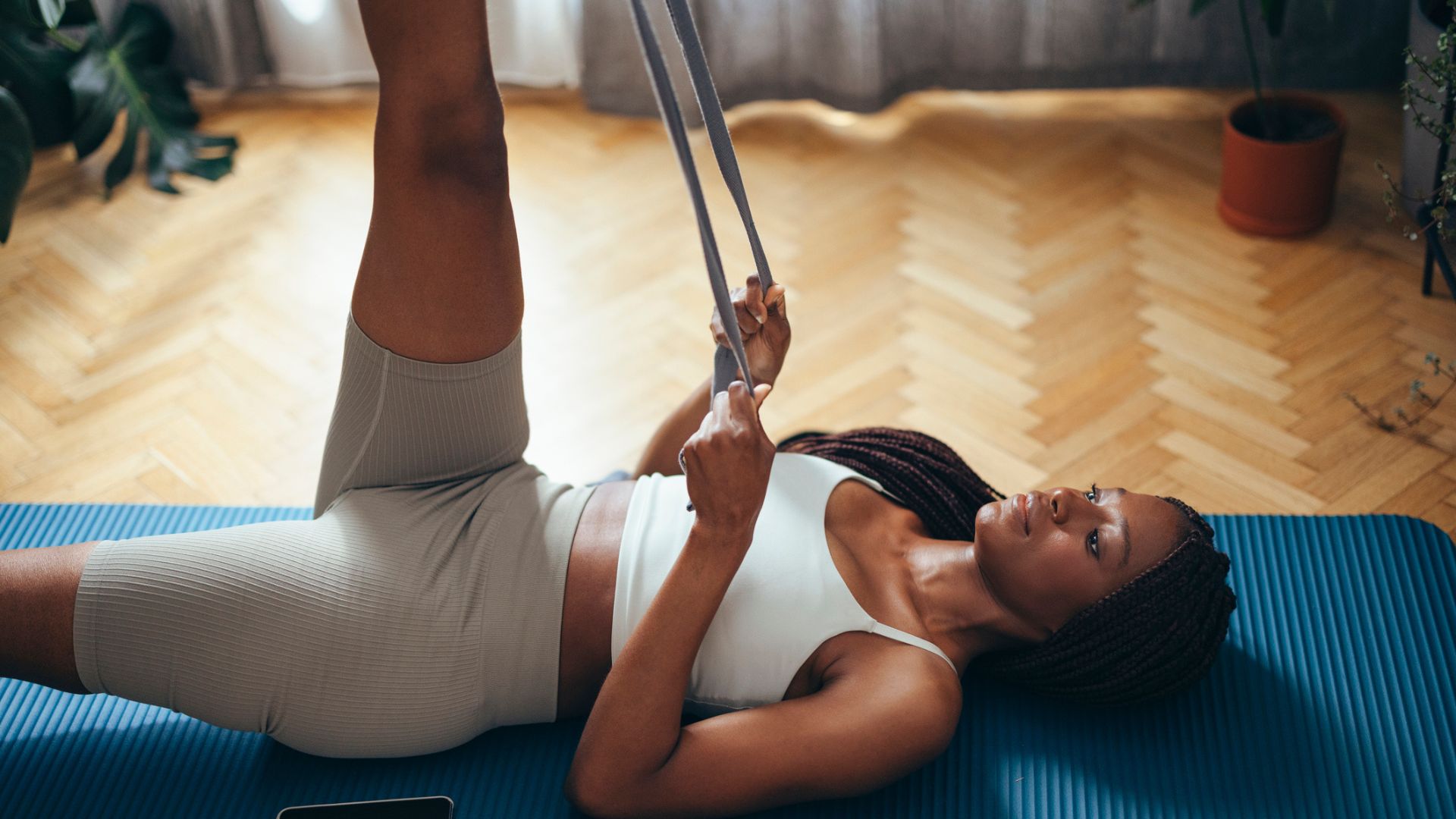What's the secret to running without getting tired? An expert explains
Three tips from a physiotherapist that will help you find running easier

When I first started running I would often feel disheartened. I'd set off full of energy but after just 10 minutes I would be completely out of breath and want to stop. My leg muscles would also be burning and I felt like I couldn’t go on. That was until I learned to run more slowly. There’s a little more to it than that, but for me, that changed everything and running suddenly became enjoyable. Twenty years later, I’m still running for the sheer pleasure of it.
If, like me, you’ve ever been tempted to abandon a run, then this expert advice is for you.
"There are two main reasons that people give up on a run," says physiotherapist and keen runner Ben Lombard. "Getting out of breath and tired legs. Both of these can easily be worked on."
Lombard first posted his advice on an Instagram Reel, but I reached out to him to find out more.
A post shared by Ben Lombard (@benlombardphysiotherapy)
A photo posted by on
1. Breathe more slowly and deeply
"Shallow, fast breathing is not helpful when running," says Lombard. "Slower deeper breathing will allow you to take on more oxygen and help to keep your heart rate lower and under control.
"Nasal breathing isn’t for everyone as not everyone’s anatomy allows them to take enough oxygen through their nose only. But if you can breathe through your nose it can be a brilliant way to breathe deeply and slowly. It will help slow down your running and lower your intensity." If you’re running too hard, you’ll be forced to breathe through your mouth, but if you keep to a pace that allows you to breathe through your nose, it will be more sustainable.
2. Run slower

Try running at a speed that allows you to have a conversation.
"Ask yourself, do you get out of breath when walking?" says Lombard. "If not, then there is a pace that's faster than walking which counts as running. This may be your starting place. Running slowly allows you to build a large aerobic base. This is a solid foundation on which you can build speed."
Get the Fit&Well Newsletter
Start your week with achievable workout ideas, health tips and wellbeing advice in your inbox.
This is what worked for me—slowing my pace right down to almost walking speed, until my fitness level improved. If even the slowest jog gets you out of breath, start with run/walk intervals, like in our couch to 5K plan.
It can be tricky to know how slow to go to find a sustainable pace when you're starting out. "Your ideal pace is hard to find, but practice is how you find it," says Lombard. "It's often a lot slower than you think, or than you'd like it to be." A good rule of thumb is that you should still be able to have a conversation while running, although it will be fairly breathy.
Even if you're moving slowly, you can work on becoming a more efficient runner by taking quicker, smaller steps. "I used a Spotify playlist to get my cadence at 170-180 steps per minute and then ran at a conversational pace, either chatting with a friend in person or on the telephone via my headphones," says Lombard.
3. Do strength training
"Fatigued legs are a normal part of the training process," says Lombard. "As you do more and more running, your legs will adapt to the training load, but you can speed this adaption up with strength training." Each running stride puts a lot of strain on your legs, so you’re aiming to strengthen your leg muscles to better handle this load for longer."Prioritise single-leg exercises," says Lombard. "Bodyweight is fine and high repetitions are best." I asked Lombard for examples of strength training exercises to counter leg fatigue. Here are his top single-leg exercises, with links to video demonstrations online in case you're not familiar with them:
- Single-leg glute bridge
- Lunge
- Single-leg deadlift
- Calf raise off a step
- Hamstring curl
- Banded hip flexion (marches)
- Banded glute work (abduction and external rotation)
"To really work on leg fatigue it would be a good idea to add some plyometric exercises once or twice a week," says Lombard. "Plyometrics are amazing. They help to increase your running efficiency and economy while also improving your cardiovascular and muscle strength. Plyometric exercises like skipping help to increase energy return and tendon stiffness which are useful for running."
"Try using a skipping rope for 30-second reps. Start with jumps using both feet to split your weight distribution 50:50 before moving onto alternating legs and single-leg work."
Camilla Artault is a fitness writer with a passion for running and yoga. She interviews experts and writes about a wide range of topics for Fit&Well encompassing health, fitness and nutrition.
-
 Build blockbuster arms and abs with Chris Hemsworth's go-to dumbbell circuit
Build blockbuster arms and abs with Chris Hemsworth's go-to dumbbell circuitAll you need are adjustable dumbbells and 20 minutes
By Sam Rider Published
-
 Forget crunches—if I wanted to improve core strength I'd do this neck-friendly Pilates workout
Forget crunches—if I wanted to improve core strength I'd do this neck-friendly Pilates workoutAnd it takes just five minutes
By Maddy Biddulph Published